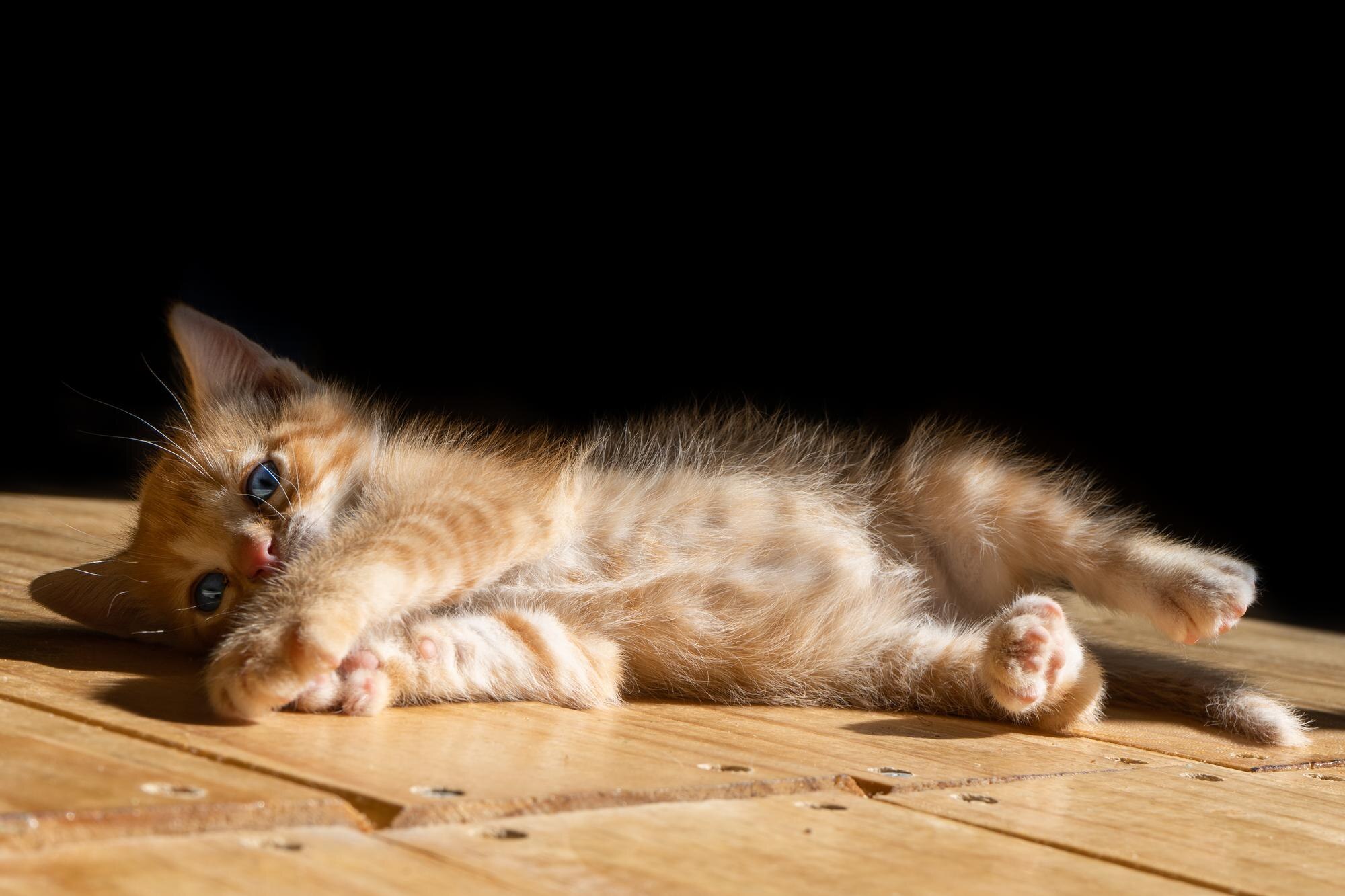Let’s face it, understanding cats can be as complex as solving a Rubik’s Cube while blindfolded. But when it comes to belly rubs, things get even murkier. Some cats roll over, inviting a pet, only to swat you away when you take the bait. This mixed signal can leave you questioning: Does my cat love or despise belly rubs? It’s time to dive belly-deep into the feline psyche with some surprising insights!
Did you know that a staggering 60% of pet owners misinterpret their cat’s body language when it comes to belly exposure? Social media is abuzz with cat owners sharing awkward tales of misunderstood rubs. Today, we’re unpacking the mysteries of why some cats relish this tender tummy touch while others, well, not so much.
This post will explore what a cat’s belly-up pose truly means, the evolutionary reasons behind their reactions, and how real data can inform our understanding of this feline phenomenon. By the end, you’ll be equipped with the knowledge to enhance your bond with your furry friend—without the scratches!
The Cat Belly Paradox: An Invitation or a Trap?

When a cat shows its belly, it seems like a warm invite—a ‘come rub me’ signal. But sometimes, this is as reliable as those spam emails promising riches. What’s going on?
In truth, this gesture can be a sign of trust or a defensive reaction. In the wild, cats protect their vulnerable bellies fiercely. So, next time Mittens rolls over, remember: she’s showing trust, not concession!
Understanding Feline Body Language

Every cat has a secret code—a series of tail twitches, ear swivels, and, yes, belly displays. Unlike humans, cats communicate non-verbally, which can be as mystifying as deciphering ancient hieroglyphs.
For instance, did you know a flicking tail often means irritation, not invitation? Understanding these subtle signs can prevent misunderstandings that lead to an unexpected swipe.
Experts suggest watching for relaxed body posture and purring as better signals that belly rubs are welcome. If Felix’s ears are perked forward and eyes gently closed, you’re likely in the clear. Remember, every cat has its own unique lexicon!
Evolutionary Roots: Why Protect the Tummy?
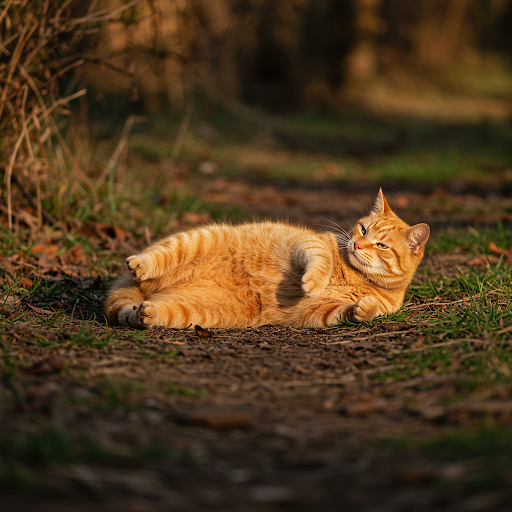
Your feline friend’s ancestors had stronger survival instincts than the average zombie apocalypse protagonist. In the wild, a cat’s belly houses vital organs, making it a high-stakes target during combat.
This caution carries over to modern cats. Even if Paws is as cozy as a cat in a sunbeam, instinct can kick in unexpectedly. Experts trace this defense back to the need for survival and dominance displays in feral contexts.
Understanding this inherited behavior can help us appreciate why some cats flinch or react aggressively to touch—even when they seem at ease.
Belly Up: When Cats Love the Attention
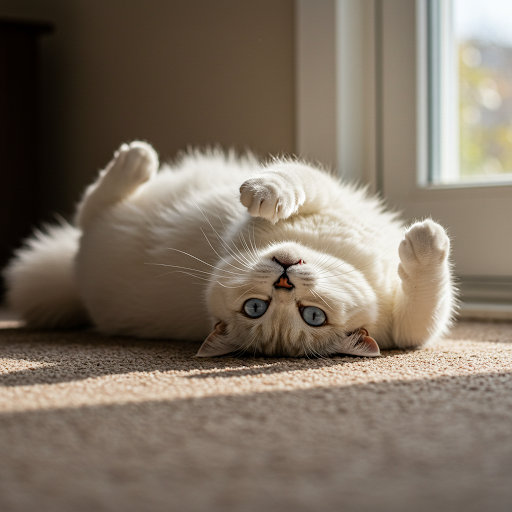
For many cats, a belly rub is akin to a spa treatment for us. But how do you spot the true invitation?
Signs include relaxed purring, gentle head bunting, and a complete flop onto their side with back-and-forth leg kicks. This behavior is often reserved for those they trust immensely.
Keep a watchful eye on these signals to ensure your cat isn’t luring you into pet them just when they’ve had enough.
Why Some Cats Hate Belly Rubs
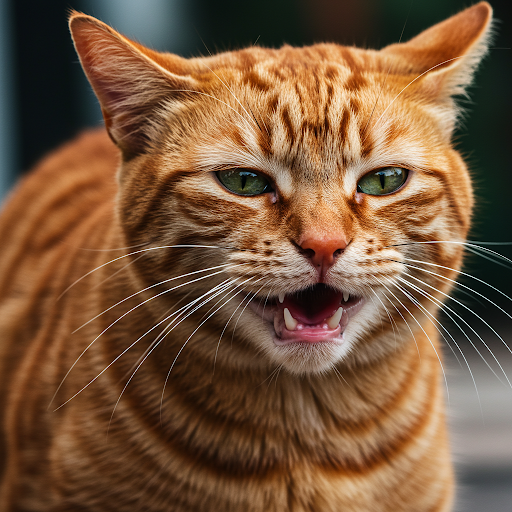
Not all cats fancy belly rubs, and that’s okay (we all have our quirks). For some felines, it’s a matter of overstimulation rather than distrust.
Experts like Dr. Sarah Ellis explain that a cat’s skin and nerve endings can react more sensitively than a caffeine-fueled intern, leading to overstimulation and discomfort.
If your cat tenses up or suddenly hisses, it’s a clear sign that belly touching isn’t their cup of catnip tea.
Building Trust: Encouraging Positive Interactions
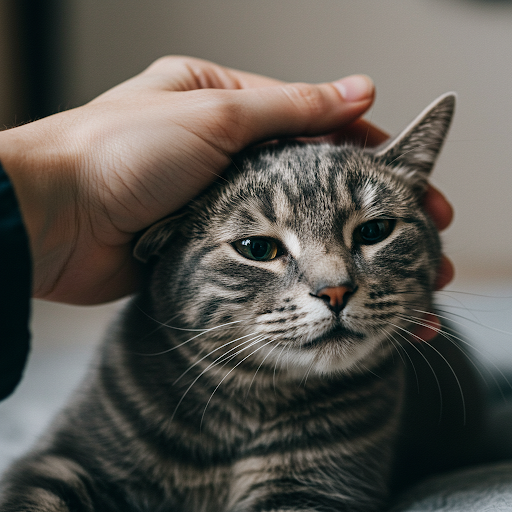
Trust is key when it comes to feline interactions. Relationships where your pet is comfortably exposed require patience and understanding, much like a relationship with your boss during review season.
Start by respecting their boundaries. Observe their body language and respond to cues like meowing and purring. Gradually, they might invite more physical interaction.
Always applaud a successful belly rub with verbal praise and perhaps a treat. These associations foster positive reinforcement, making future attempts more likely to be welcomed.
Strategies for Safe Belly Rub Success
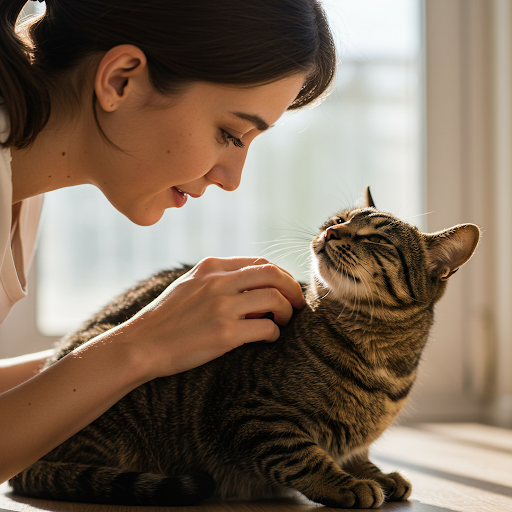
Want to master the art of safe belly rubs? The key is to ease into it. Imagine you’re working up to a handshake with an introvert!
Start by lightly scratching their back or chin—areas universally adored by cats. Slowly move towards the belly, observing their level of comfort closely. Never force a situation.
If they tense or wriggle away, that’s their polite way of saying ‘not now.’ Respect their decision, and you’ll avoid getting scratched.
Decoding the Purr: More Than Just Contentment

A cat’s purr can tell a thousand tales—think of it as the feline Morse code. Some assume all purring equates to satisfaction, but that’s not always true.
Research by animal behaviorists indicates that purring can happen during pain, relaxation, or self-soothing. It’s crucial to consider the context rather than relying solely on the sound.
If accompanied by a relaxed body and kneading, purring is typically a green light. However, paired with tension, the story changes dramatically.
Real-Life Stories: When Belly Rubs Go Right
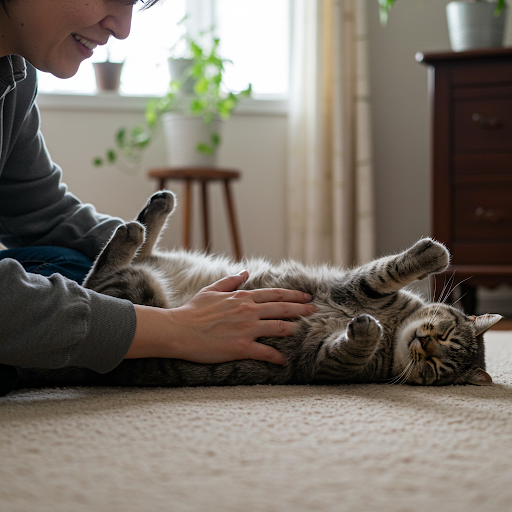
One Reddit user shared their story of adopting an introverted cat who despised belly rubs at first. Through patience and respect, they are now occasional cuddle buddies!
This story highlights the power of understanding and adapting to a cat’s unique preferences. Consistent positive reinforcement and patience are key.
Remember, it’s about building trust—one gentle scratch at a time.
FAQs: Common Questions on Cat Belly Rubs
Q: My cat bites during belly rubs. Why?
A: This might be a playful nip or a sign of overstimulation. Pay attention to their body language and vocal cues.
Q: Can I train my cat to enjoy belly rubs?
A: Train gradually, starting with gentle back pets, allowing them to lead.
Q: Is it bad to rub a cat’s belly?
A: Not inherently bad, but respect their preference. Each cat has its own level of comfort regarding this sensitive interaction.
Expert Tips for Cat Owners
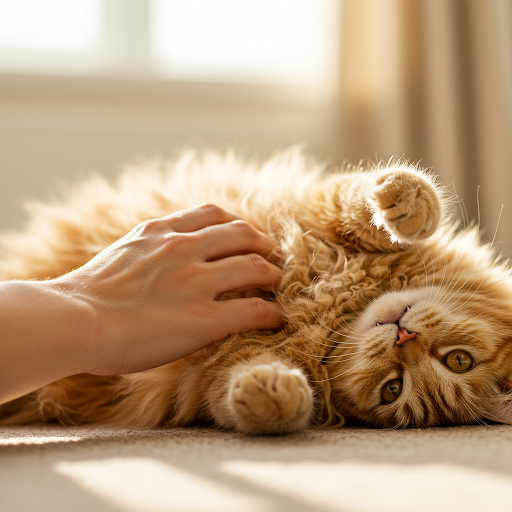
Dr. Lisa Radosta suggests that gaining a cat’s trust involves creating a save environment enriched with stimuli and opportunities for play. This goes beyond just petting them.
Further suggestions include using treats as rewards and ensuring proper socialization from a young age, as these can significantly improve how a cat receives physical touch.
Environments that reduce stress, such as routine and predictability in their daily life, also contribute to how open they are to belly rubs.
Statistical Insights: Cat Preferences and Demographics

Recent surveys by pet welfare organizations show that about 70% of cats are selective about their belly rubs, with younger cats generally being more amenable than their older counterparts.
The data also suggest that male cats are often more receptive to belly rubs than females—though individual personality significantly influences this predisposition.
These insights can help guide how you approach belly rubs with different cats, factoring in age and gender where applicable.
Controversial Take: The Great Belly Rub Debate
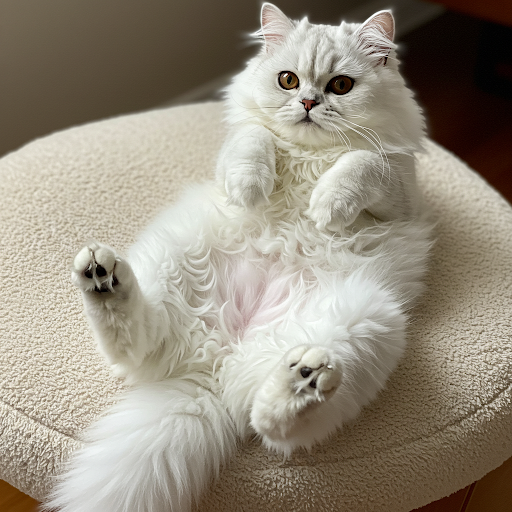
While many believe touching a cat’s belly is a universal misstep, others argue it’s about decoding individual preferences. This debate has sparked diverse opinions amongst pet experts.
Common sense dictates erring on the side of caution, respecting individuality, and not applying a one-size-fits-all approach to pet care. Isn’t life—and love—more interesting that way?
Participate in forums and discussions to get a wider perspective and advice tailored to your furry companion’s personality.
Watch Out! Misinterpretations to Avoid
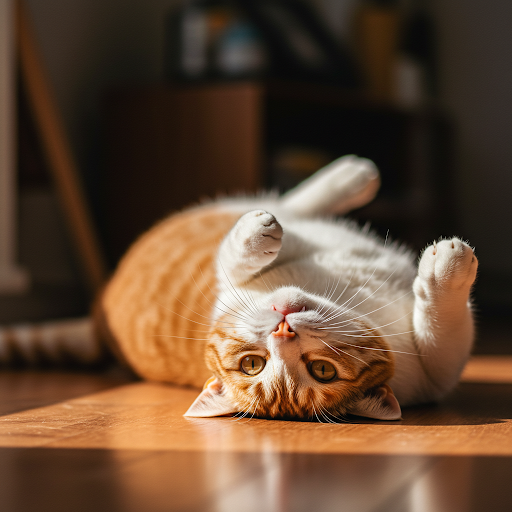
Misinterpretation can lead to scratches (ouch!). Avoid assuming all belly displays are invitations, and learn the subtle nuances of tail and ear positions.
Knowledge is power. Attend pet behavior workshops or follow reputable pet care columns to hone your belly rub skills.
This investment will safeguard your relationship from unnecessary stress and your skin from cat-induced nicks.
Conclusion: Love Your Cat, Belly Rubs or Not
Ultimately, whether your cat loves or hates belly rubs, the heart of the matter is mutual respect and understanding. Each cat is a unique tapestry of instincts and personal quirks.
Learn their language, adapt to their style, and your bond will only deepen. And hey, if belly rubs become part of your routine, that’s a purr in the right direction.
Share your thoughts or experiences with fellow cat lovers—because the best insights are often born from shared stories. Scratch gently and love fully!

